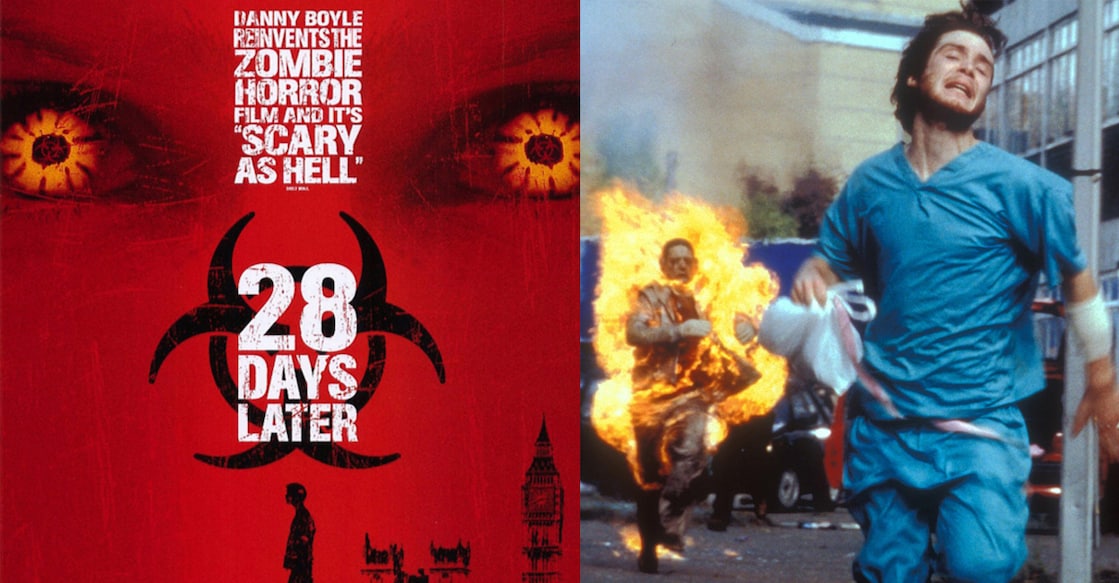The horror of '28 Days Later' was never just the virus | The Haunted Column

Mail This Article
It’s been over 20 years since '28 Days Later' came out, and it still holds up as one of the most gripping horror-sci-fi films of its time. Directed by Danny Boyle and written by Alex Garland, the film gave new life to the zombie genre at a point when it was starting to feel stale. But calling this just a zombie movie doesn’t do it justice. '28 Days Later' is raw, stripped down, and disturbingly believable and that’s exactly what makes it so compelling even today.
The film wastes no time. It opens in near silence. Jim, played by a wide-eyed Cillian Murphy, wakes up in a hospital to find London completely deserted. Empty streets, overturned buses, flickering traffic lights — but none of it feels calm. That first stretch of the film sets the tone beautifully. There’s no dramatic music or exposition-heavy narration. Just a growing sense that something has gone horribly, quietly wrong. It’s eerie, and it lingers.
Unlike most horror films of the early 2000s, '28 Days Later' doesn’t rely on ghosts or demons. Its horror is rooted in science — and that’s what makes it more disturbing. The rage virus isn’t about the dead coming back to life. It’s about people losing control of themselves. One drop of infected blood is enough to set off chaos. It feels close enough to real life that you can’t fully shake it off, especially in a post-pandemic world. It’s the kind of horror that crawls under your skin because it doesn’t feel far-fetched.
But the film isn’t just about the infected. The true horror reveals itself in the survivors. As Jim teams up with Selena, Frank, and Hannah, we see how people cling to hope even when everything around them has collapsed. There are quiet moments of connection, of rebuilding. But the second half of the film flips the script. What starts off as a survival story becomes something darker. The monsters aren’t always the ones foaming at the mouth. Sometimes they’re the ones in uniform, smiling and offering safety.
Visually, '28 Days Later' feels rough in the best way. Shot mostly on digital cameras, it has a grainy, documentary-like texture that suits the story. It doesn’t look polished — it looks real. Like you’re running right there with them, breathless and terrified. The music, especially John Murphy’s now-iconic “In the House – In a Heartbeat,” starts slow and steady, then builds into something nerve-rattling. The restraint in both the visuals and score pays off, making the big moments hit even harder.
At under two hours, the film doesn’t drag. It’s lean, urgent, and thoughtful. It explores survival, but it doesn’t glamorise it. Every choice feels like it comes with a cost.
If you're after a horror film that’s smart, grounded, and still hits hard after all these years, '28 Days Later' is absolutely worth revisiting. It’s not just about infection. It’s about fear, power, and how fragile our humanity really is.


